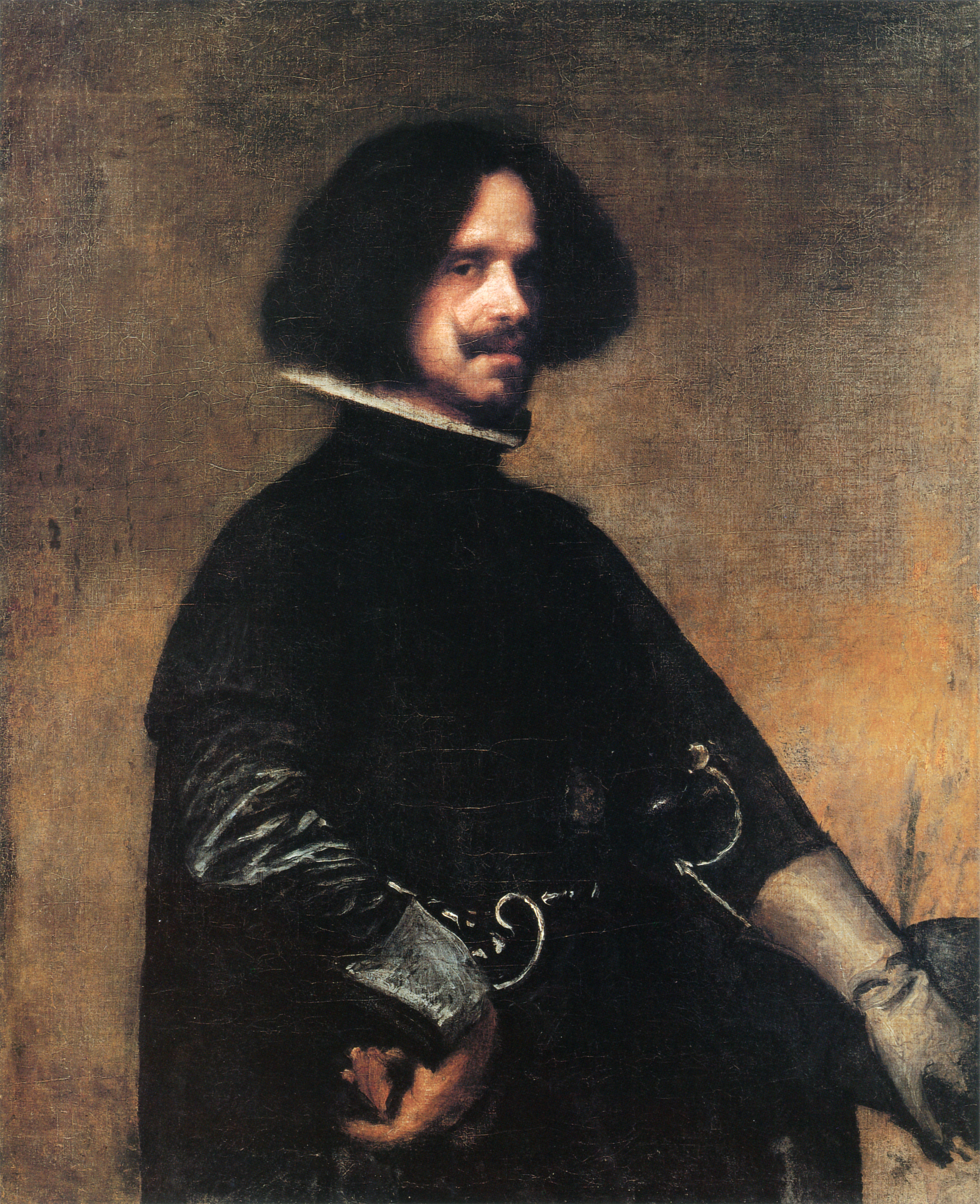Diego Velázquez is widely regarded as one of the greatest masters of 17th-century Europe. By 1623, at the age of 24, he had secured a prestigious position as court painter to Philip IV in Madrid. Over the next four decades, Velázquez primarily focused on creating innovative portraits of the monarch and the royal family. In his private time, however, he turned to subjects that captured his own interest, such as the painting we present today.
Velázquez's keen observation of light and its effects on form led him to move away from the dramatic tenebrism—characterized by stark contrasts of light and shadow—that marked his earlier works. Instead, he developed a softer, more nuanced style. In The Needlewoman, no part of the composition is shrouded in darkness. Velázquez used a gentle, natural light and translucent shadows to define the planes of the face, sculpt the curve of the bosom, and suggest the repetitive, delicate motion of the subject’s hand.
The unfinished state of the painting reveals Velázquez’s artistic process. He began by priming the canvas with a gray-green base layer. He then outlined the main forms of the composition using darker paint, filled in broad areas with opaque color, and gradually refined the image. The face, the only part of the painting that appears complete, was rendered with transparent layers of glaze, creating the effect of flesh illuminated by softly diffused light. This technique highlights Velázquez’s mastery of realism and his ability to imbue his works with lifelike vitality.
P.S. Don't forget about our Lunar New Year's Sale! It will be over soon, so hurry up and grab those artsy items up to 40% off in the DailyArt Shop!
P.P.S. We've selected our 5 best works by Diego Velázquez. Do you know all of them?


 Diego Velázquez
Diego Velázquez